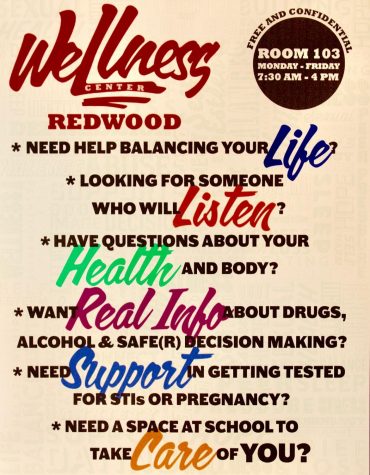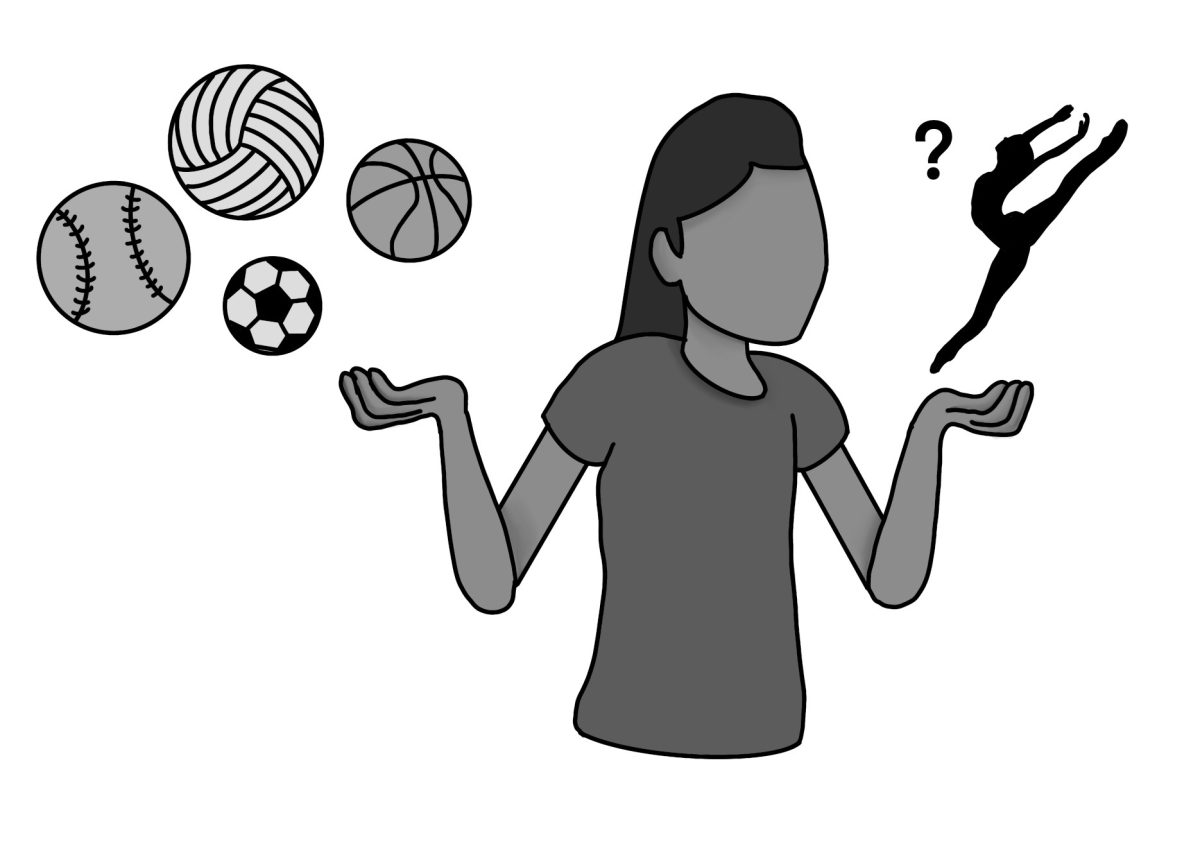You’re not just contributing to a social trend; it might be behavioral contagion
December 16, 2018
Social dynamics in high school can be difficult to notice and evaluate, but there is one that can be seen quite clearly. The phenomena of a large majority of students using the same slang, wearing the same brands and even doing the same drugs is readily apparent in our daily lives, a manifestation of the archetype of high school cliques. But this popularized exemplar occurs due to a scientific reason. When behavior exhibited by an individual gains popularity, others catch on, creating a ripple effect within their environment. According to Psychology Research Net, behavioral contagion is the tendency for people to repeat behavior after others have performed it. Although this tendency influences many decisions and actions, most of the time we are not aware of the fact that we copy behavior.
Behavioral contagion is most common in the freshman and sophomore classes, due to the pressure to feel accepted in a relatively new environment, according to The Atlantic. Behavioral contagion can be positive, as it helps people adapt to new environments and feel comfortable in a new social setting.
Sophomore Ellen Cordisco came to Redwood as a freshman from Hamlin in San Francisco. According to Cordisco, she felt very different from everyone and had a hard time fitting in at first. Over time, she became more comfortable due to the subconscious process of behavioral contagion.
“I wasn’t really aware of [conforming]. It happened over a slow amount of time, how I dressed became more like everyone else and even how I talked. But now that I’m a sophomore I don’t really feel the need to conform, or maybe I just don’t really care anymore,” Cordisco said.
An investigation of behavioral contagion conducted by Wayne University made the overall conclusion that those who are involved in behavioral contagion have little conscious awareness that they contribute to it. The effects of behavioral contagion spread to large groups, making it difficult to compare the certain behavior with contrasting ones.
Aside from a desire for social acceptance, some students develop their interests through behavioral contagion. Junior Leila Malone realized this change as she let her friend group influence her music taste.
“I started listening to the same music as my friend group, which I ended up loving; I grew to become a metalhead. It started with everyone else listening to it so I thought I would listen to it too,” Malone said.
According to Malone, her friend group identifies as ‘outsiders,’ and that’s what they thrive on. They don’t want to follow trends, and they strive to stand out in a way that is different.
“It’s kind of like excluding yourself from behavioral contagion, but in and of itself it still is behavioral contagion, because we all like the same things and dress similarly,” Malone said. “Not fitting in [with the mainstream crowd] is our way of fitting in with each other.”
Despite positive aspects of behavioral contagion, such as finding new things to enjoy or feeling the comfort of ‘fitting in,’ certain trends can be dangerous.
“A lot of my friends were actually really depressed, so I almost felt the need to act more depressed than I was. I started self-harming because I felt peer-pressured to, even though [my friends] never blatantly said anything,” Malone said.
Redwood’s Wellness Outreach Specialist, Cera Arthur, also saw the negative effects of behavioral contagion when she was working as a therapist-in-training at her old school.
“There was a self-harm contagion. People were cutting and it was really scary how quickly it escalated. I think those situations can be really hard to handle, because people think that the more you talk about it, the more people will do it,” Arthur said. “And there’s the other side where you can pull those people in and talk about what’s going on.”

Self-harm is a common issue within high schools. An article by The Atlantic examined a suicide contagion in Palo Alto high schools. Cameron Lee was the first student at Henry M. Gunn High School to take his own life in 2014, which started the contagion, otherwise known as a “suicide cluster.” Suicide clusters—defined as multiple deaths in close succession and proximity—feed on viral news and social connections. According to The Washington Post, halfway through the academic year in 2015, it was announced that 42 Gunn High School students had been hospitalized and treated for having suicidal thoughts since fall.
According to the administration, one key to heading off copycats was not romanticizing the death, so they struggled to hit just the right tone. They had to avoid turning Cameron into a hero or a martyr without insulting his memory or his devastated family.
There is a fine line between mourning a suicide victim and turning it into a contagion. According to The Huffington Post, the more people are exposed to something, the more it desensitizes the human brain. Behavioral contagion can make something irrational feel completely normal.
“You start thinking that [a certain trend] is normal because it’s within your environment. Exposure makes it more ok to do something that you might know is not healthy if it is within your group. That could be with any drug or alcohol or any other type of behavior,” Arthur said.
Behavioral contagion can also take the form of quickly-spreading trends. Unconscious choices to blend in often are exhibited in style choices, as we choose to wear the same type if clothes as our friends.
“I’m still contributing to trends. With fashion I dress like everyone else and I talk like everyone else,” Cordisco said. “I don’t care what others think of me at this point. I’m not really trying to conform but in some ways I still am.”
Whether it’s noticeable or not, recognizing the existence of behavioral contagion is essential to our understanding of what drives society. Bringing the topic of contagion into the common eye can help combat negative contagions, such as self-harm and suicide, or help individuals feel comfortable within their environment.








